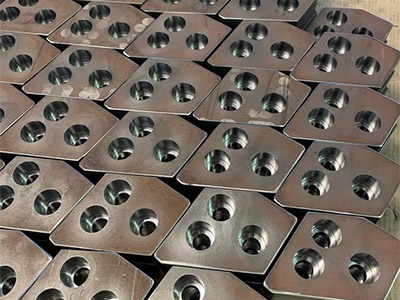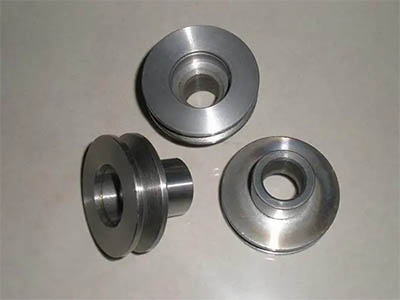- Manufacture and Application of Aluminum Alloy Die Castings
- How to clean the surface of stainless steel castings
- Calculation method and proportion of casting riser design
- Stainless steel casting manufacturing process
- Technical requirements and material selection of precision casting
- Processing process of stainless steel precision casting
- Heat treatment method of cast Iron platform Ductile iron
- What are the advantages of lost foam casting
- Requirements for moulds of steel castings foundry manufacturers
- How to prevent machine tool casting defects
- Call : +86 13390692151
- sale@kfqizhongji.com
-
Room 1, No. 21, Chaoying East Road, Zhoushi,
Kunshan City, Jiangsu Province, China
The coating and liquidity of stainless steel precision casting coatings
A method to control the coating quality and how to control the coating quality is an urgent problem to be solved in investment casting at present. The author thinks that the specific gravity, viscosity and temperature of the coating should be controlled at the same time.
Specific gravity: the viscosity has little effect on the specific gravity of the coating, and there is a relatively bright relationship between the specific gravity and the proportion, and the ratio directly affects the quality, strength and air permeability of the shell layer, so the specific gravity should be used as the basic data to control the quality of the coating.
Viscosity: in the case of raw material stability, temperature and stirring conditions, viscosity can reflect the ratio. At the same time, the withering degree affects the coating property and fluidity, so it is necessary to control the withering degree within the range. Considering the current supply of raw materials, the viscosity should be 20-60 seconds.
Temperature: temperature has a great influence on the viscosity of the coating, which is often controlled at 15-35 ℃.
A more reasonable approach is to first specify the specific gravity range and temperature range of the coating, and then specify the viscosity range of the coating accordingly.
Sulfuric acid oxide film is an important factor affecting the high purity and transparency of the oxide film of stainless steel castings. its thickness, porosity, purity and sealing quality will directly interfere with the mirror effect of the casting, for example, when there are many impurities in the oxide film, its purity is low, and the transparency of the cylinder will decrease.
Therefore, in order to ensure the mirror treatment effect of stainless steel precision castings, it is necessary to reduce the content of impurities in the oxide film, so the thickness, porosity, purity and sealing quality of the film should be controlled reasonably so as not to have a bad effect on the treatment as far as possible.
The impurities in the oxide film mainly come from the stainless steel castings themselves, and some come from the oxygenation bath, so the content of impurities can be reduced as much as possible by properly reducing the content of alloy elements in the castings. At the same time, reducing the heteroions in the bath solution and keeping the bath solution fresh can also improve the purity of the oxide film.
Stainless steel precision casting coating is a kind of physical suspension dispersion system in colloid state before being applied to the surface of sand mold and sand core. it is mainly composed of refractory powder, carrier, suspending agent, binder, thickener and auxiliary agent. Among them, the refractory powder is the basis of the precision casting coating, which is suspended in the coating with the help of suspending agent and evenly applied on the working surface of the mold. After the carrier liquid is volatilized, the binder dries the powder to form a dense coating to protect the working surface.
In the process of precision casting, this coating has become an indispensable part, and with the development of casting mold and casting alloy, its use is increasing day by day. In the precision casting coating, since the powdered refractory is the main body, but also can play a role in the metal mold interface of the backbone material, so it accounts for a higher proportion.
In addition to refractory aggregates and carriers, precision casting coatings also contain some other materials necessary to ensure the performance of the coatings. For example, in order to make the refractory aggregate particles can be bonded into a strong coating layer, and can be well attached to the surface of the mold, appropriate binders will be used.
Sand is still a very important auxiliary material for stainless steel castings, because it will be used in dry sand treatment of stainless steel castings. in this case, there are requirements for the selection and use of sand. It is necessary to meet the requirements to ensure that the effect of casting treatment is up to standard.
At present, the sand used in dry sand treatment in the production of stainless steel castings is mainly washed quartz sand, sea sand, and pearl sand, etc., and the performance of single-column hydraulic press in the processing of stainless steel castings is different, or should be chosen according to their own conditions.
The key part of the production of stainless steel precision castings is sand treatment, and the above sand itself has less dust, so its treatment will naturally be better, especially pearl sand; and even if there is no sand treatment for the time being, artificial cooling sand dedusting will be relatively fast.





